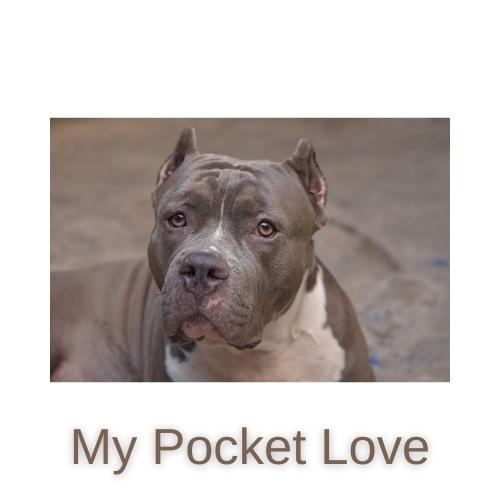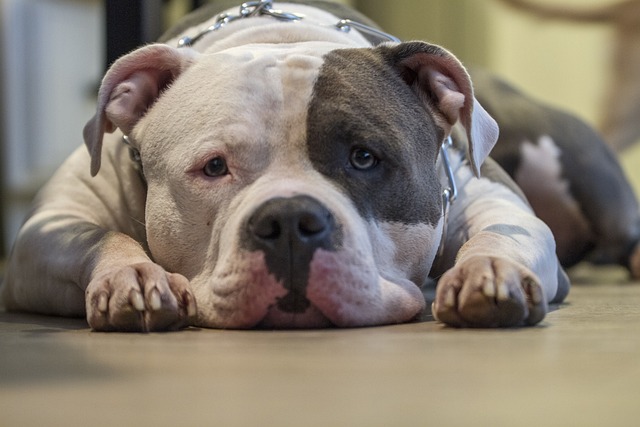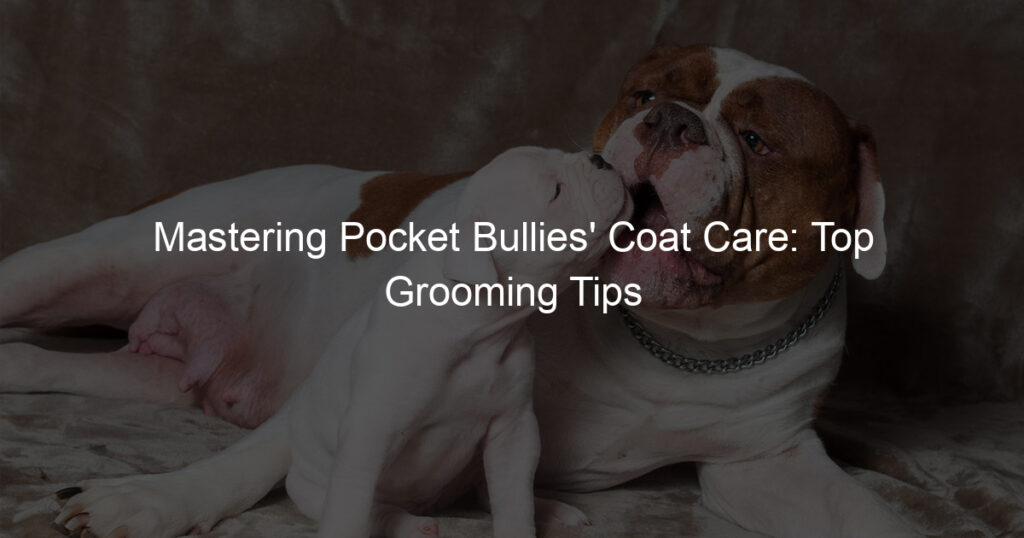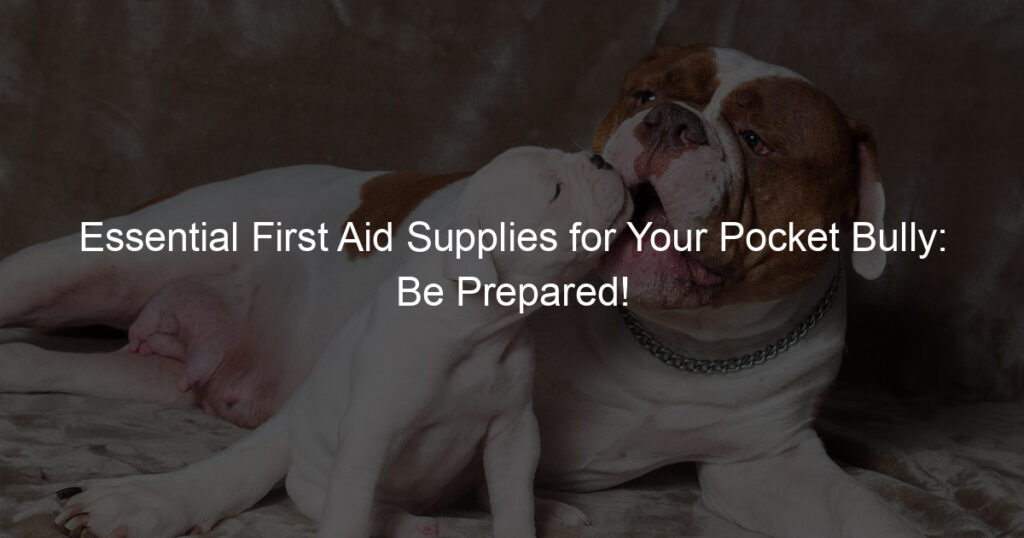For centuries, bully breeds have been seen as vicious and unruly creatures – even though these dogs are often deeply loyal and loving. From Pitbulls to Boxers, many of these beautiful animals have developed a terrible and undeserved reputation.
So why do cliché myths about bully breeds persist even today? In this blog post, we’ll explore the history of bully breed misrepresentation, analyze the reasons behind their unjustifiable stigma, and discuss how you can help turn around this misperception.
What is the History of Bully Breeds?
The term “bully” refers to a specific set of physical and behavioral characteristics, rather than a single breed of dog. However, several breeds commonly referred to as “bully breeds” include the American Pit Bull Terrier, Staffordshire Terrier, and American Bulldog.
The origin of bully breeds, an umbrella term that includes the American Pit Bull Terrier, Bulldog, and Mastiff, is not completely understood. However, it is believed that they are a product of crossbreeding various bulldog-type breeds in England beginning in the late 1600s.
These dogs were bred for their strength and agility to be used as working dogs in a variety of tasks such as cattle driving, vermin control, and guarding property. By the 1800s these dogs had become popular companions in many countries throughout Europe and North America due to their friendly personalities.
Unfortunately by this time they also gained notoriety for their use as “bait” animals in dog fighting pits. Despite this phenomenon being outlawed by most countries, the use of bully breeds in fighting persists in some areas.
In recent decades, a lot of effort has been put into improving the public perception of bully breeds by organizations such as Bully Breeds United and The American Temperament Test Society Inc. (ATTS). Despite their controversial past, bully breeds have become popular family pets due to their outgoing personalities and willingness to please.
They enjoy long walks and active playtime with their owners, making them great additions to any household. By understanding their past, we can better appreciate all that goes into the making of this special breed and create an even brighter future for them.
What’s Wrong with the Media’s Portrayal of Bully Breeds?
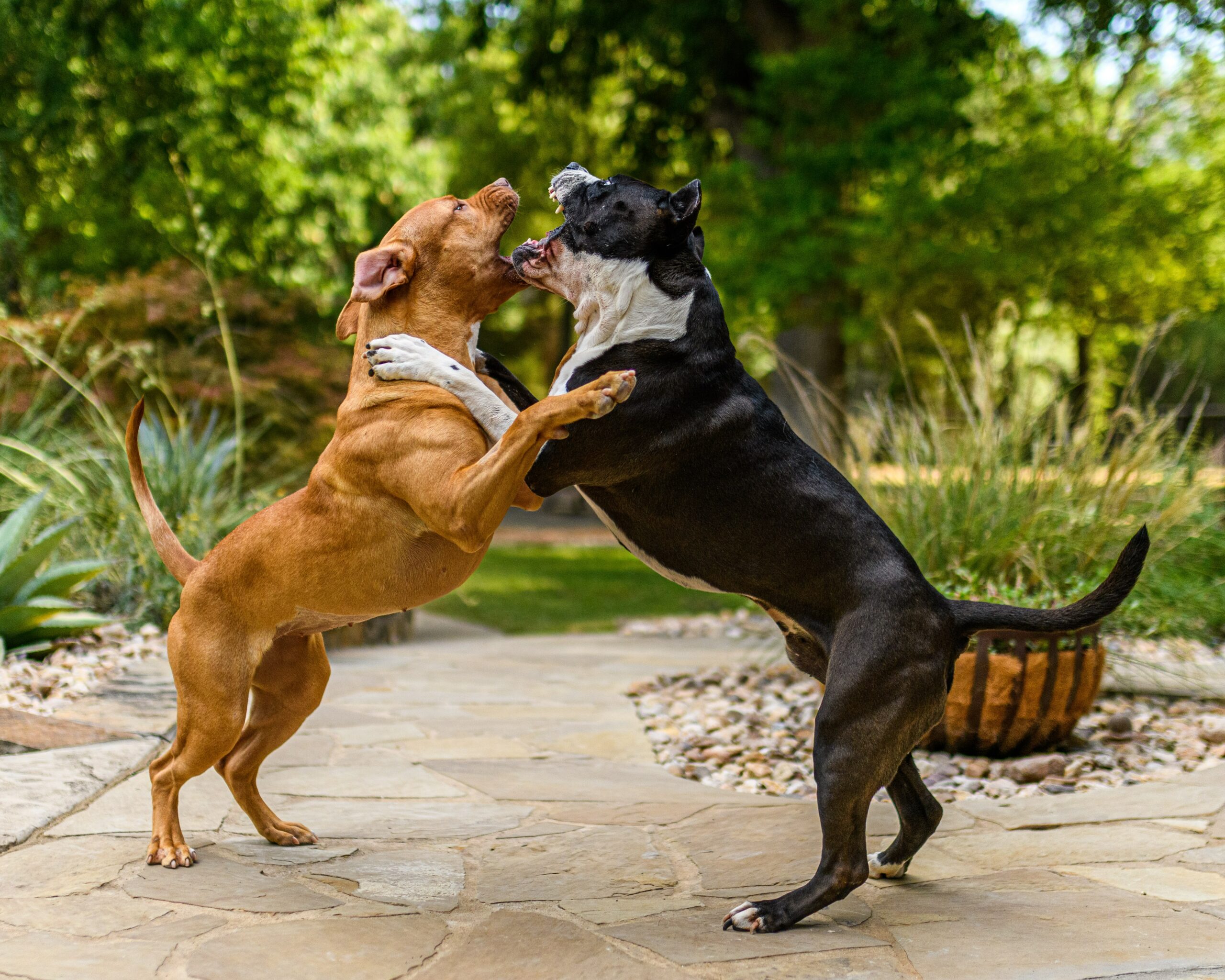
For many years, bully breeds such as pit bulls and bulldogs have been unfairly portrayed in the media. They have been cast as aggressive and dangerous dogs when in reality they are loyal companions that make wonderful pets.
This negative representation has led to an increase in these breeds being abandoned, euthanized, or used for dog fighting. These bad behaviors are not inherent to the breed but rather a result of poor ownership or intentional mistreatment.
The truth is that all dogs can bite or show aggression if they are not properly trained and socialized. Any negative behavior a bully breed might exhibit is not because of their breed but because of how they were treated by their owner.
Unfortunately, too often people form opinions about the breed without understanding the facts, and these dogs suffer because of it. The media can play a powerful role in changing public perception by presenting an accurate portrayal of bully breeds.
Education and awareness are key to ending the stigma associated with these often misunderstood dogs. We need more stories that showcase the love, loyalty, and companionship of these amazing animals instead of perpetuating negative stereotypes.
By spreading a positive message about bully breeds, we can make sure they have happy lives filled with people who appreciate them for who they are. With increased knowledge and education on the breed, we will be able to prove that bully breeds are just as capable of being loving, loyal companions as any other dog.
What are the Common Misconceptions About Pit Bulls?
Pit bulls have sadly become the target of many misconceptions and stereotypes over the years. While a well-behaved Pit Bull can make an excellent pet, several myths about them simply aren’t true.
Here are some of the most common misconceptions about Pit Bulls: First, all Pit Bulls Are Aggressive – This is perhaps the most widely held belief about Pit Bulls, but it’s simply not true. All dogs, regardless of breed, have individual personalities and temperaments; just like people do.
A Pit Bull that has been properly socialized and trained is no more aggressive than any other breed. Second, they Have “Locking Jaws” – This myth likely began because these dogs were bred for their strength and tenacity in the fighting ring.
In reality, Pit Bulls do not have any special jaw or bite strength that other breeds don’t possess. Third, they Should Not Be Around Children – This could not be further from the truth!
With proper socialization and training, a Pit Bull can make an excellent family pet and loyal companion to children of all ages. Fourth, they Should Not Live with Other Pets – Again, this is false; when introduced properly and given plenty of positive reinforcement and attention, they can live peacefully with other pets in the household.
Fifth, Pit Bulls are Vicious by Nature – This misconception likely stems from media reports about incidents involving these dogs, but most of them are rooted in poor ownership practices such as neglect and abuse. As long as they are given proper training, socialization, and attention, Pit Bulls can be loving and loyal companions.
What is the biggest bully breed?
When it comes to bully breeds, there is often a lot of debate about which one is the biggest. But, after careful consideration and research, it is widely agreed that the American Pit Bull Terrier takes the title of the largest bully breed.
Weighing in at an average of 30-65 pounds, these muscular dogs pack a hefty punch. It’s important to note, however, that size does not determine aggression or danger.
Each dog has their unique personality and should be judged on an individual basis. Despite their tough exterior and reputation, many pit bulls are incredibly sweet and loving animals.
It’s all about how they are raised and trained. So, while the American Pit Bull Terrier may be the biggest bully breed, let’s remember to give all dogs a fair chance and not judge them solely based on their breed.
What was the first bully breed?

Bully breeds have gained popularity over the years for their loyalty and protective nature, but many people don’t know where these breeds originated. The first bully breed was the Molossus, a large and powerful dog that originated in ancient Greece.
Molossus dogs were used for various purposes, including guarding livestock and fighting in battles. While the exact appearance of the Molossus is unknown, it is believed to have been a large and muscular dog with a short coat.
As time passed, the Molossus was bred with other breeds to create new bully breeds, such as the Bulldog and the Mastiff. Despite their reputation as aggressive dogs, bully breeds can make wonderful companions with proper training and socialization.
Learning about the history of these breeds helps us understand their characteristics and appreciate their loyalty and bravery.
How long do bully breeds last?
When it comes to the lifespan of bully breeds, there is no set time frame. However, on average, bully breeds tend to live for around 8-12 years. This can vary depending on factors such as genetics, diet, exercise regime, and overall health.
It’s worth noting that bully breeds, like any other breed of dog, require proper care and attention to maintain their health. Regular visits to the vet and ensuring they receive a balanced diet and enough exercise are crucial in ensuring your furry friend has the best chance at a long, healthy life.
In addition, neutering or spaying your bulldog can extend its life expectancy significantly. Proper nutrition and exercise are also essential for ensuring that your pooch reaches its full lifespan potential.
Although there is no way to predict exactly how long your bully breed will live, taking the proper precautions can help to keep them around for years to come.
Are bully breeds territorial?
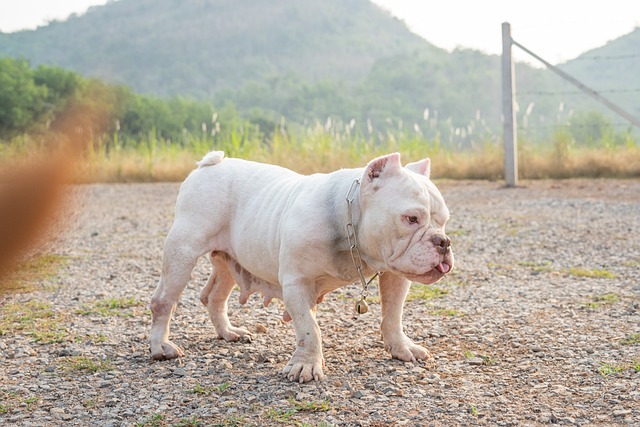
Bully breeds, such as American Pit Bull Terriers and Staffordshire Bull Terriers, are often associated with being territorial. However, this is not necessarily an accurate stereotype to apply to all dogs in this group.
While some bully breeds may exhibit territorial behavior, it ultimately depends on the individual dog’s temperament, upbringing, and environment. Like any dog, bully breeds can benefit from proper socialization and training to ensure they are well-adjusted and comfortable in a variety of settings.
These breeds were originally developed for purposes such as guarding livestock and hunting game, so it makes sense that they may have a heightened sense of protectiveness over their territory.
It is important to avoid making assumptions about a dog’s behavior based solely on its breed and instead focus on evaluating the individual dog’s behavior and needs.
How do bully breeds play?
Bully breeds, such as Pit Bulls and Bulldogs, are known for their strong athletic abilities and playful personalities. They love to play and interact with their owners and require a lot of physical activity to keep them healthy and happy.
These breeds enjoy a variety of play styles, such as fetch, tug-of-war, and chasing games. However, it’s important to remember that bully breeds have a lot of energy and may become overexcited during playtime.
It’s up to their owners to monitor their behavior to ensure everyone stays safe and happy. Overall, bully breeds are playful and loyal companions who thrive on physical activity and interaction with their owners.
How intelligent is a bully breed?
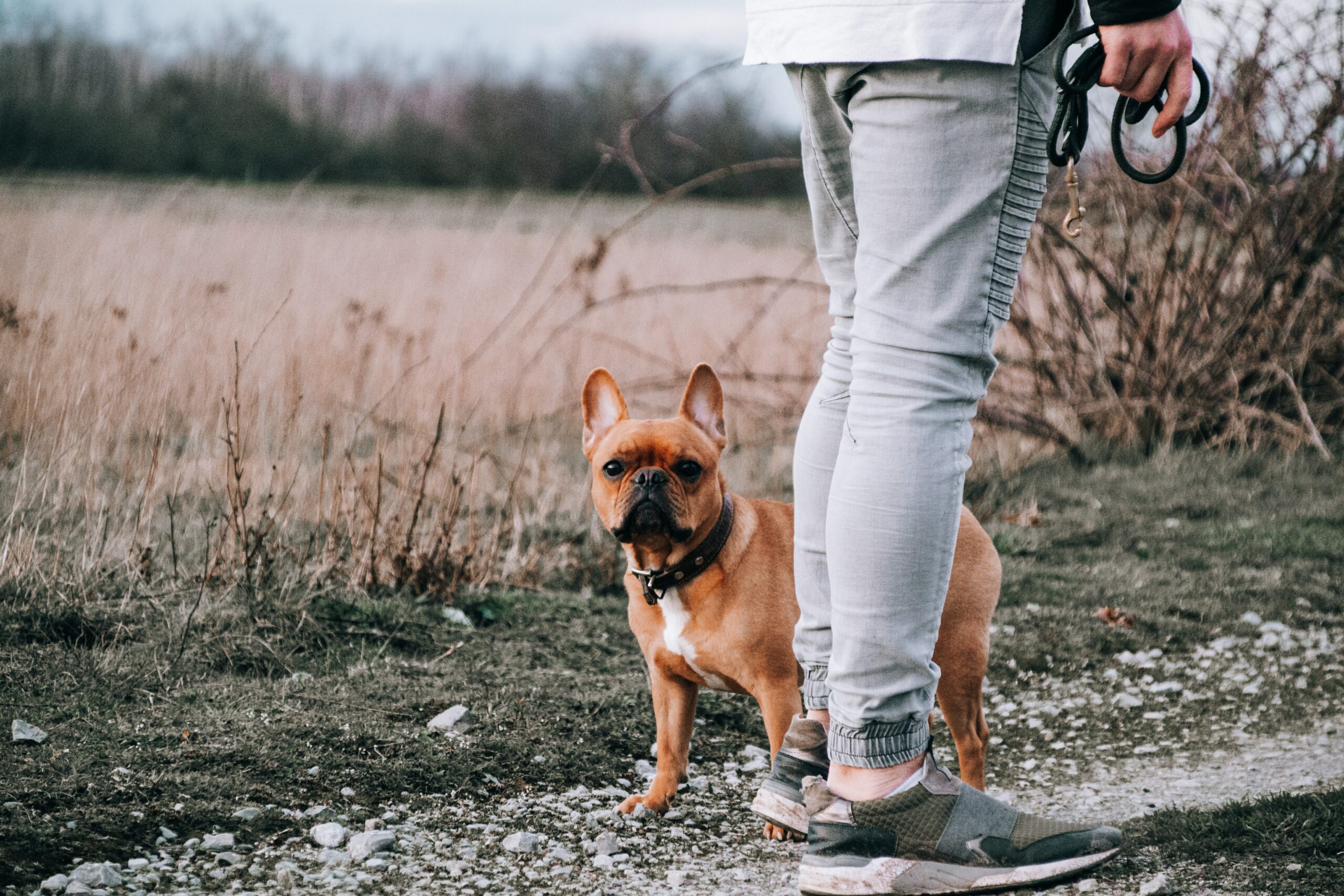
Bully breeds, such as the American Pit Bull Terrier and the Staffordshire Bull Terrier, have been the subject of much controversy due to their reputation as aggressive dogs. However, it is important to consider their intelligence.
In fact, according to the American Kennel Club, these breeds are highly intelligent and trainable. They are known for their loyalty and eagerness to please their owners, making them excellent candidates for tasks such as search and rescue or therapy work.
It is important to provide these dogs with proper socialization and training to showcase their intelligence and prove that breed stereotypes are unfounded. Ultimately, it is the responsibility of owners to treat their bully-breed pets with love and respect to help them reach their full potential.
How do you socialize a bully breed?
Bully breeds have garnered a reputation for being aggressive and unpredictable, but in reality, this couldn’t be farther from the truth. As with any dog, proper socialization is key to developing a well-adjusted and friendly companion.
Socializing a bully breed involves introducing them to a variety of people, places, and experiences in a positive and controlled manner. It’s important to start socializing early on in their development, as this will help them build confidence and reduce any fear or anxiety they may exhibit.
Exposing them to new situations and surroundings will also help teach them how to appropriately interact with other dogs, as well as humans of all ages. Taking a bully breed on regular walks in busy areas, participating in obedience classes, and providing plenty of positive reinforcement are all crucial steps to help them become a happy and friendly member of your family.
| Aspect | Bully Breeds |
|---|---|
| Breed Examples | Pit Bulls, Staffordshire Terriers, American Bulldogs, Boxers, Bulldogs, and Mastiffs |
| Historical Use | Originally bred for bull-baiting, dog fighting, and guarding |
| Negative Media Attention | News stories and reports of dog attacks often feature bully breeds, leading to negative stereotypes |
| Lack of Proper Socialization | Many owners of bully breeds do not properly socialize their dogs, leading to behavior issues |
| Lack of Training | Some owners of bully breeds do not provide proper training, leading to behavior issues |
| Misuse by Owners | Some owners of bully breeds intentionally train their dogs to be aggressive or use them for illegal activities |
| Overbreeding | The popularity of bully breeds has led to overbreeding and poorly bred dogs with behavior and health issues |
| Breed-Specific Legislation | Some places have enacted breed-specific legislation targeting bully breeds, leading to further negative stereotypes |
Final Thoughts
Bullying breeds certainly are not the innocent pets they are made out to be. As we’ve seen, bully breed owners must take extra precautions and researchers continually look into ways of combating the dogs’ aggressive tendencies.
Yet as with other types of animals, there is more than meets the eye when it comes to their outward appearances and behaviors.
While it is true that these dogs may have a higher chance of inflicting harmful bites than other dog breeds due to their physical makeup, proper training and education can go a long way in ensuring that these powerful creatures are well-mannered loyal pets.
With patience, awareness, and adversity even the toughest pups can become loving companions who will protect their guardians from threat or harm as if they were one of their kind.
